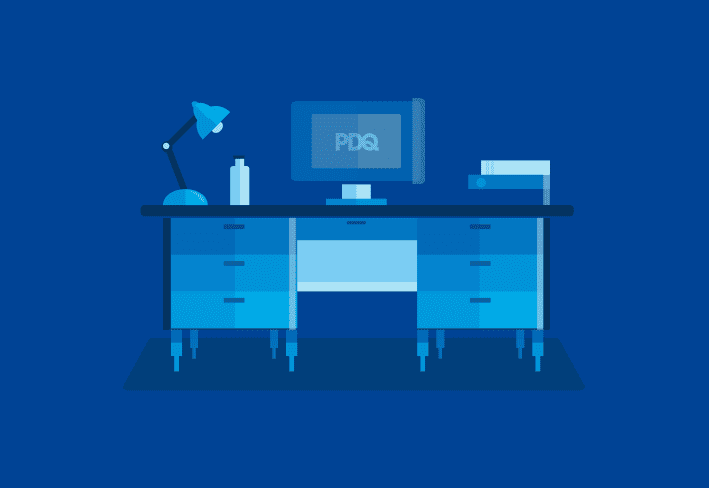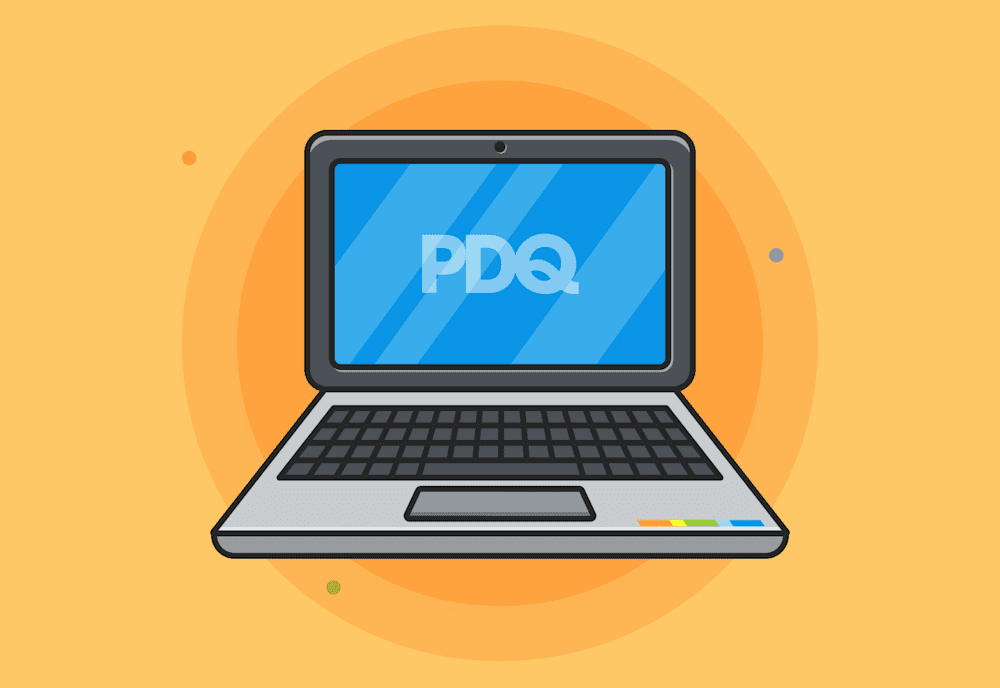Cloud computing is the process of accessing the cloud — including the servers, storage, applications, and networking components that make up the cloud — remotely via the internet.
Basically, cloud computing gives you access to all the data you rely on from your computer anytime you're online.
What is the cloud?
The cloud is a set of systems and components that lay the foundation for remote storage and computing.
Chances are you have a computer with a hard drive. The computer processes data while your hard drive stores your important files, photos, and documents.
In contrast to your computer, the cloud does all of this without being physically present in your home or business. There is, however, a similar setup elsewhere for these processes to happen. This collection of systems and hardware is known as cloud infrastructure.
Types of clouds
Well, there’s cirrus, cumulus, stratus … (just kidding).
There are a few categories that the cloud can fall into.
First, there’s the public cloud, which refers to the setup where the cloud is delivered over the internet to a number of businesses. For example, Microsoft Azure and Google Cloud are Microsoft's and Google's respective takes on the public cloud. Businesses that require less fine-tuning and involvement of their controls (such as small businesses) often rely on the public cloud because of its competitive price point over the private and hybrid clouds.
Then, there’s the private cloud, which refers to the setup where a specific cloud is delivered to your organization. Government agencies and other entities that require more control over their IT infrastructure often leverage the private cloud. The company itself or a trusted third party can manage the private cloud.
Finally, there’s the hybrid cloud, which — as you may have guessed — is the best of both worlds and then some. The hybrid cloud includes a mix of public and private cloud setups as well as on-prem components, including the company-owned servers and network physically present at your organization. You might choose the hybrid cloud if you occasionally need additional computing resources to avoid experiencing downtime during spikes in network traffic.
What are the types of cloud computing services?
There are three main types of cloud computing services: infrastructure as a service (IaaS), platform as a service (PaaS), and software as a service (SaaS).
1. Infrastructure as a service (IaaS)
Infrastructure as a service, or IaaS, is the base-level tier. As the minimum type of cloud computing service, IaaS gives you the ability to use the cloud. You can build your own servers, allocate storage, and manage your own software within the cloud. Think of it as leasing the physical hardware.
2. Platform as a service (PaaS)
Platform as a service, or PaaS, is a step above IaaS. It allows you to develop applications without worrying about hardware or operating systems, whereas in IaaS setups, you have to build and maintain the servers yourself.
3. Software as a service (SaaS)
Software as a service, or SaaS, is the cream of the crop when it comes to cloud computing. It takes IaaS and PaaS a step further, giving you access to a complete software application without worrying about its development or upkeep.
What are the security risks of cloud computing?
Any type of technology with an internet connection has security risks, including cloud computing. Here are three major security risks that you should know about.
1. Data breaches
Data breaches are one of the top security threats of cloud computing. These tend to come from two main sources: misconfigurations and threat actors (or hackers).
Misconfigurations in cloud computing might expose data intended to be private. Alternatively, threat actors can use social engineering, such as phishing, to compromise cloud accounts.
This is where cyber hygiene best practices come in handy. When choosing a cloud provider, be sure to fully understand how it'll work to protect your data — and how it's prepared to take action if the worst happens.
2. Ransomware
Just like in on-prem environments, cloud infrastructure is susceptible to threats, such as ransomware. However, ransomware attacks against cloud environments may be less expensive to recover from.
Cloud environments can typically be rebuilt faster than on-prem environments. They offer the luxury of less downtime because a company's IT team can rebuild the environment from secure backups — or from scratch — to get back up and running as quickly as possible while preserving the infected environment for later analysis.
3. Compliance concerns
Many organizations handle information that must be able to pass compliance standards. For example, healthcare businesses must adhere to HIPAA. For the organization to be HIPAA-compliant, it must not only maintain those high standards itself, but the cloud provider must be HIPAA-compliant as well.
It’s critical that you make sure your cloud providers meet relevant compliance standards.
What are the benefits of cloud computing?
Cloud computing benefits consumers and companies alike because it’s cost-effective and usually comes with fewer headaches. It allows companies to scale up (and down) without the up-front costs associated with purchasing your own hardware.
The real music to many sysadmin's ears is that cloud computing can often be safer and more reliable than traditional on-prem setups. Depending on how an organization sets up its cloud computing infrastructure, it’s possible for sysadmins to delegate tasks necessary for on-prem environments — patching, scheduling and maintaining backups, and updating software — to companies that offer cloud management.
Ready to elevate your software deployments and device management to the cloud? Check out our agent-based solution by starting a 14-day trial of PDQ Connect.




